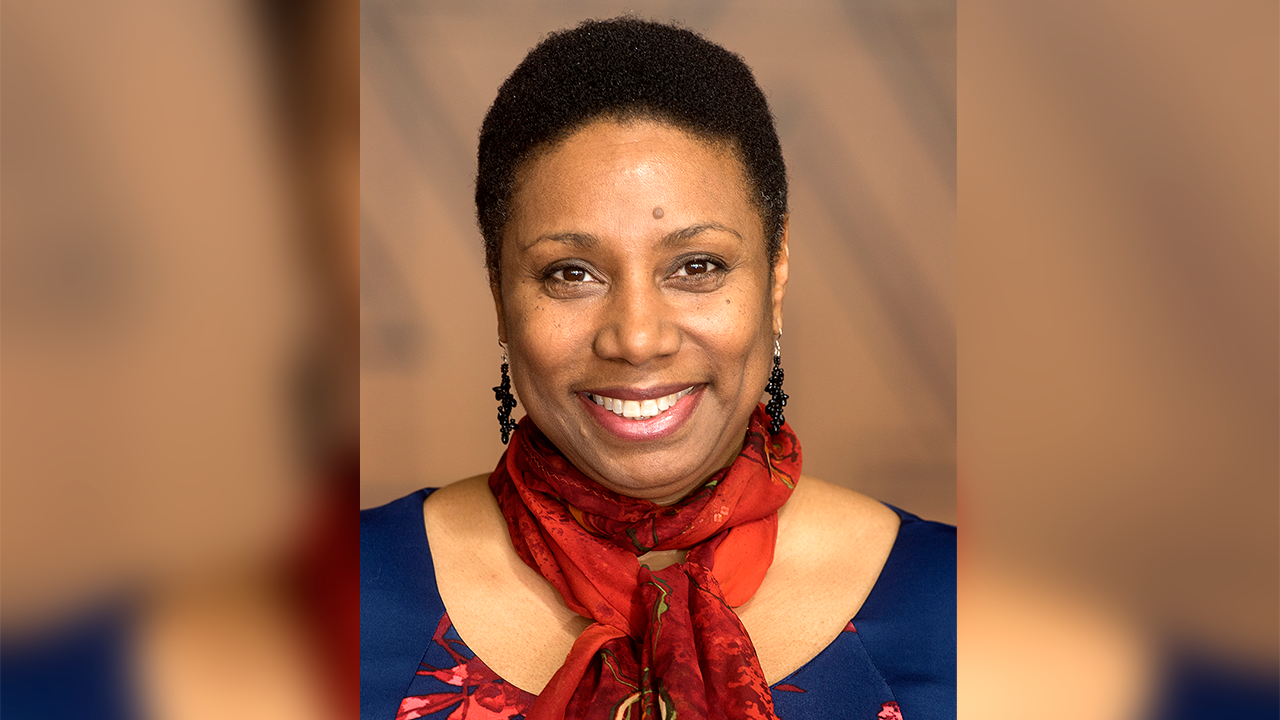
Rhonda Franklin, McKnight Presidential Endowed Professor in the UMN’s Department of Electrical and Computer Engineering, will be celebrating 25 years at the University of Minnesota next year. By expanding her network and engaging in collaborations, she has been able to translate her research expertise into working now on innovative healthcare problems in the NSF ERC, ATP-Bio, with John Bischof’s lab to study the radio frequency properties of cryoprotective agent (CPA) materials as a function of cryo temperatures.
“Anyone can innovate, so the only boundary for innovation is the self,” said Franklin, “My PhD thesis at the University of Michigan produced my first patent, but little did I know that it would take me here. One door leads to other doors. The business of innovation is to give yourself an opportunity to explore what it might be. Even if it seems like a long shot, I think it’s worth trying because it will help you think about how you do what you do differently.”
Franklin first came to the UMN after connecting with Anand Gopinath, emeritus professor in the UMN Department of Electrical and Computer Engineering, at a conference early in her career. Gopinath encouraged her to expand her network and to think about collaborations (especially at the UMN) that could expand the impact of her work.
“What I knew from the very beginning of my career, even when I decided to become an engineer, was that I wanted to have a successful career. I love technology. I wanted to contribute to technology. And I wanted to be the best person I could be in that space,” said Franklin, “But I also really wanted to work on things that are important to society and important to the organizations that I work in and with.”
“If someone has an interest in seeing if what they do can translate beyond the borders of their lab, reach out to Tech Comm. If you’re in STEM especially, a question you should ask yourself is: can the work I do lead to commercialization?"
Franklin was trained to work in a field called applied electromagnetics (or microwave engineering). In particular, she was trained to help design circuits that operate really fast–e.g. the speed at which your cell phones work at (or faster), like 5G. She came to the UMN to work on problems that would enable high speed communication design of chips using integrated circuit technology and computer chips to connect different communication technologies like electronics and optics. Her research focused on developing ways to move extremely fast signals in a silicon environment with minimal changes.
Back then, silicon-based chips were quite novel and not as commonplace as they are today with highly integrated computers, cameras, and communications packaged together in a small form factor, such as a smartphone. “When I first started, the phone was a phone, the computer was a computer, and a camera was a camera,” said Franklin.
As Franklin expanded both her work and network at the UMN, she began to collaborate with Beth Stadler. Since Franklin’s earlier research, one of the things that has surfaced is the need to sense what else is in the environment near a circuit. While you may want to shield certain signals for a communications application, in other applications you might actually want to leverage that benefit to be aware of what is around you (electrically speaking).
“I use a lot of those techniques in my current work and in one of my projects with Professor Stadler, which is to characterize magnetic materials (her nanowires) using really fast signals. And so we built a high speed spectrometer to tell her what her nanowires look like electrically when they’re near the high speed circuits we build,” said Franklin. “I’ve always been open to working outside my field, which has also included working with people in biotechnology and now healthcare."
Franklin connected with Eric Olson from the UMN Tech Comm office to better understand the disclosure and patent process for her innovations, as well as how to move from patent to commercialization. “For faculty who aren’t already part of the NSF and iCorps training, Tech Comm offers webinars to learn about what they do,” said Franklin, “I did a lot of that at the very beginning, long before I actually really needed to know more about it.”
Franklin’s other advice for postdocs, research associates, or faculty early in their career is to be open to learning because things keep changing and they can influence what you do. “If someone has an interest in seeing if what they do can translate beyond the borders of their lab, reach out to Tech Comm,” said Franklin, “If you’re in STEM especially, a question you should ask yourself is: can the work I do lead to commercialization? If yes, what is the role I’m playing right now versus the future role I could be playing later on in my career? This will allow you time to make adjustments or tweaks to enable you to engage in this process more.”
For example, one of Franklin’s former students was interested in product development. “She ended up enrolling in the iCorps program with Carla Pavone and it made a huge difference in her career,” said Franklin, “Since graduating, she has enjoyed a successful career working at a large medical company and is now the VP of Research at a startup!”